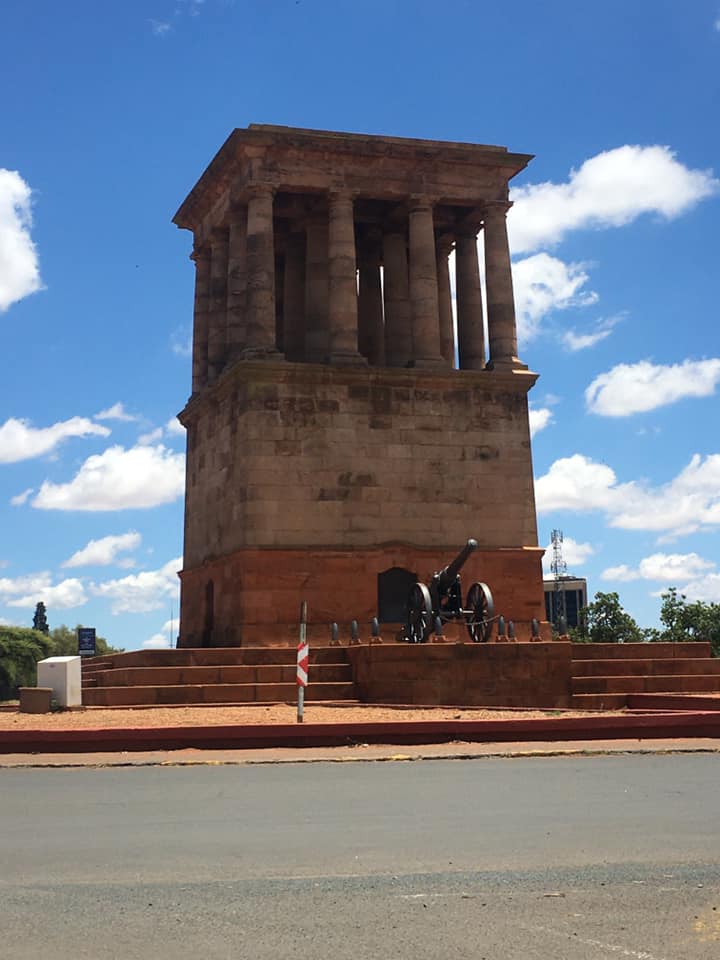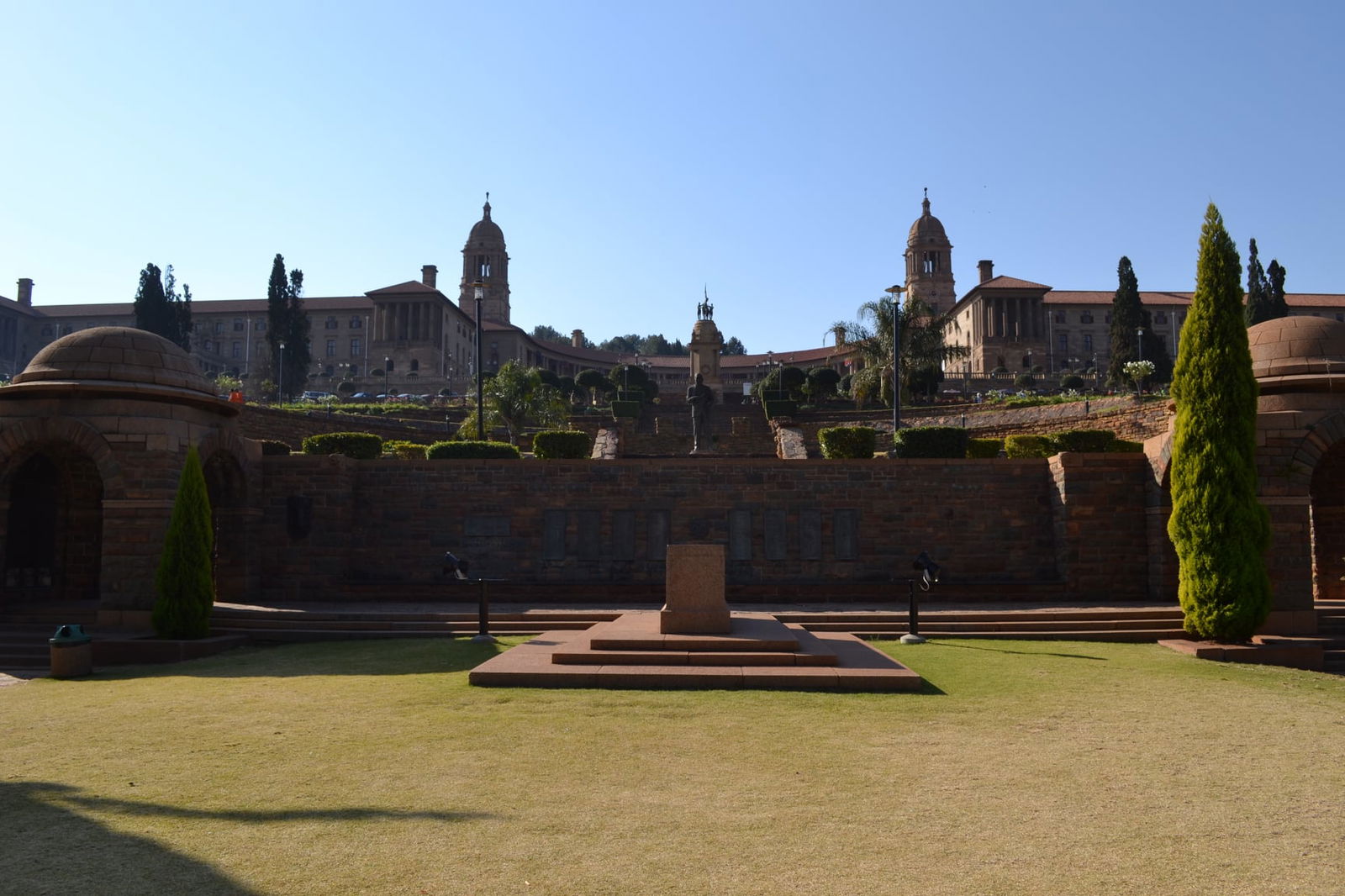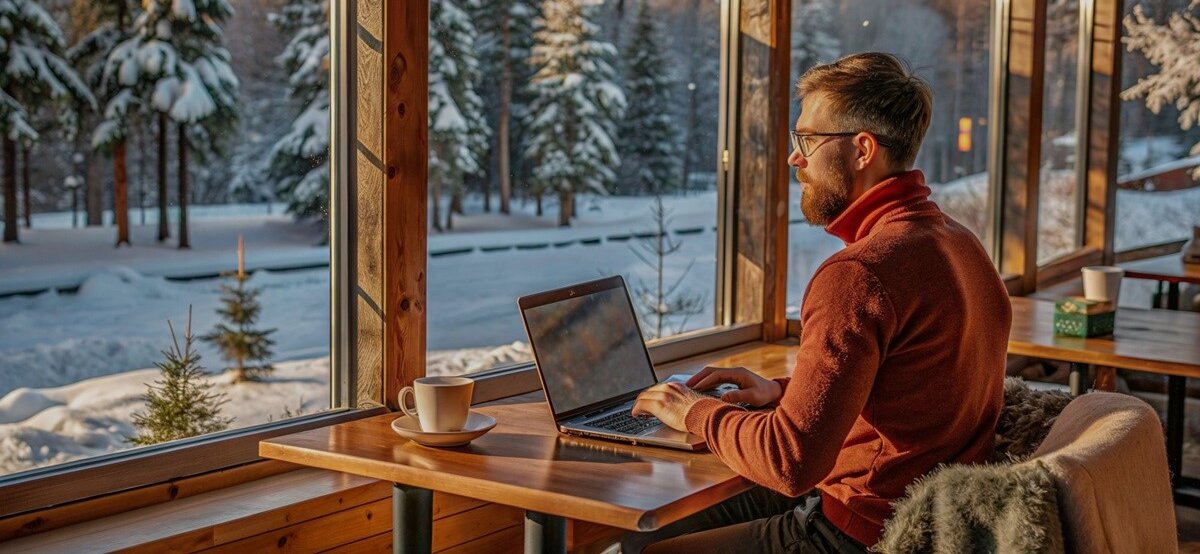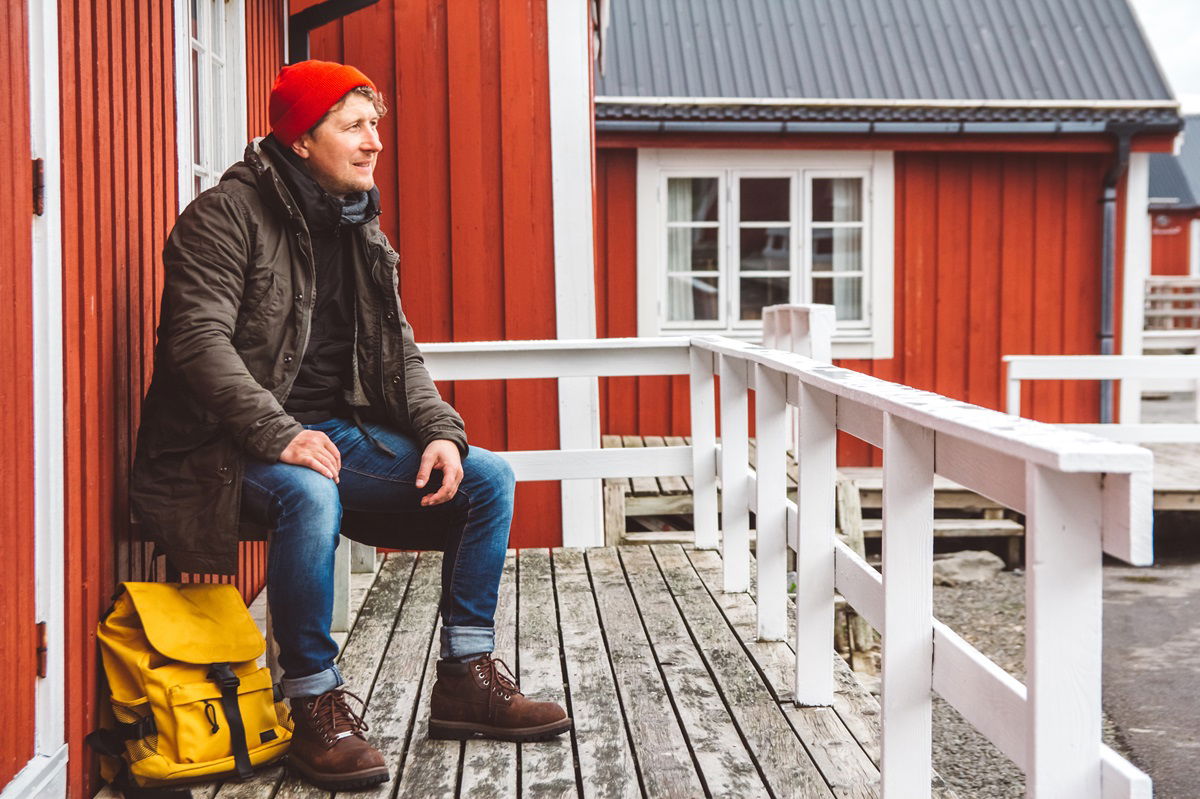
Living in South Africa
South Africa’s diversity comes to life wherever you look – from its impressive landscapes to its wide range of cultures. But what is everyday life like in SA? This article summarises the most important aspects of living in South Africa, including its unique wildlife, warm climate, infrastructure and things to look out for.
General information about South Africa
South Africa is located at the southernmost point of the African continent and expands over 1.22 million square kilometres. With its approx. 60 million inhabitants, SA is one of Africa’s most population-dense and culturally diverse nations. It has three capitals, each of which looks after its own branch of government: Pretoria is in charge of the executive branch, Cape Town is home to the parliament (legislature), and the Supreme Court of Appeal (judicial) is based in Bloemfontein.
South Africa’s 11 official languages are: isiZulu, isiXhosa, Afrikaans, English, Setswana, Sesotho, Sepedi, Tsonga (Xitsonga), Siswati, Venda (Tshivenḓa) and isiNdebele. English tends to be the lingua franca and is often used in business, while the other languages reflect the country’s unique cultural mix.
South Africa uses the metric system, which means distances are measured in kilometres, weights in kilograms and temperatures in degrees Celsius. The official currency is the South African Rand, abbreviated as ZAR.
Nature and wildlife
South Africa boasts a wide variety of spectacular landscapes and a rich animal kingdom. Its national parks (e.g., Kruger National Park) are home to the Big Five: lions, leopards, rhinoceros, elephants and Cape buffalo. You can also observe rare bird species, reptiles and whales along the coastlines. You will find almost any type of nature in SA, including majestic mountains (Drakensberg), sandy dunes (Kalahari Desert) and picturesque coastal regions along the Indian and Atlantic Oceans.
Outdoor activities, such as hiking, safaris, diving and surfing, are an essential part of residents’ and visitors’ daily life. Adrenaline junkies are also in for a treat: whether you want to bungee jump off the Bloukrans Bridge or zipline through dense forests, SA’s wild outdoors has plenty of unforgettable experiences in store. Ecotourism is becoming more and more popular as well. Many lodges and parks allow visitors to experience the local flora and fauna whilst contributing to conserving these unique habitats
Climate and seasons
South Africa’s climate ranges by region, and its seasons are “the other way around” because the country is located in the southern hemisphere: summer lasts from November to March and winter from May to August. Along the coastal Cape regions (e.g., Cape Town), you will find a Mediterranean climate with dry, hot summers and mild, rainy winters. The east coast (e.g., Durban) tends to be subtropical with high temperatures and humidity levels, while the inland areas (e.g., Johannesburg) are known for their moderate climate. The dry regions in the north and north-west (e.g., Kalahari Desert) experience hot summers and cold nights in winter. The South African mountain ranges (e.g., Drakensberg) usually have a cooler climate. Summers are mild to warm with short, heavy rain periods. Winters are much colder, with temperatures occasionally dropping below freezing in high-altitude areas.
South African culture
South Africa is also known as the Rainbow Nation, which perfectly describes its vibrant combination of languages, cultures and traditions. This is also reflected in its 11 official languages and many ethnic groups, including the Zulu, Xhosa, Sotho and Tswana. Immigrants from Europe, Asia and other countries have also shaped South Africa’s multicultural heritage still palpable today – from bustling markets and traditional dances to modern art galleries and music events.
The history of Apartheid up until 1994 has left its mark on South Africa’s society, with social and economic inequalities still impacting the country today. Immigrants and visitors need to know about the historical facts and be sensitive towards cultural differences.
Infrastructure and driving
Larger cities, such as Cape Town and Johannesburg, have a well-developed road network and modern bus and train connections. Rural areas, however, are usually harder to access. While there is public transport (e.g., minibus taxis), it is largely unregulated and unreliable.
Also, frequent power outages (load-shedding) can occur in all parts of the country. The same applies to water supply restrictions, especially during a drought. Many households and businesses have backup generators to compensate for these issues.
Healthcare and education
The South African healthcare system is split into public and private. While public hospitals are affordable but often overburdened, private hospitals offer excellent care at a higher cost. Many residents opt for private healthcare if possible, especially in cities like Johannesburg, Cape Town, and Durban which have the necessary infrastructure for modern medical treatment. In the event of chronic illnesses or pending operations, it is still advisable to plan early on, even as a patient with private healthcare.
SA’s school system is also split into public and private, with the education quality differing quite a lot between the two. Public schools tend to be cheaper but often suffer from limited resources and large class sizes. Private and international schools teach smaller classes and provide modern facilities and high-quality curricula but are more expensive. English is the main language in most schools, although many children are taught in their mother tongue first.
Safety
Safety and security vary a lot in South Africa depending on the region. While some areas (especially tourist hotspots) are considered relatively safe, others have high crime rates. Frequent incidents include burglaries, street crime and even armed robberies. This is particularly common in so-called townships, which are settlements that were established for non-white population groups during the Apartheid period from 1948 to 1994. Townships are typically characterised by poverty and poor infrastructure with lots of crime. At the same time, townships are cultural centres with a rich history and a strong sense of community. Tourists should only visit townships when accompanied by experienced guides.
South Africa has one of the highest rates of gender-based violence in the world. As a woman, you should never travel alone, especially at night. You should also avoid public transport and instead opt for private driving services, such as Uber. Being attentive in social situations is crucial. Always mind your surroundings and stay near busy and lively places. Also, steer clear of dimly lit alleyways and unsafe neighbourhoods.
Because of SA’s safety issues, many people prefer to live in gated communities with their own security services.
Housing and cost of living
There are many housing options in South Africa, from flats in big cities, like Cape Town or Johannesburg, to houses in rural areas. Gated communities are popular options because of their increased levels of security, but they usually cost more to rent or buy. City centre locations tend to be more expensive than suburbs or rural regions.
The cost of living in SA is quite moderate. Food and services are usually cheap, while imported goods and luxury items can be more costly. Many households have a car because public transportation is often unreliable. You should also budget for recurring costs for security cameras or alarm systems.



Key data South Africa
Population: 60.41 million
Size: 1.22 million square kilometres
Capitals: Cape Town, Pretoria, Bloemfontein
Largest city: Johannesburg
Provinces: Western Cape (Cape Town), Northern Cape (Kimberley), Eastern Cape (Bhisho), KwaZulu-Natal (Pietermaritzburg), Free State (Bloemfontein), North West (Mahikeng), Gauteng (Johannesburg), Mpumalanga (Mbombela), Limpopo (Polokwane)
Units of measurement: metric system (kilometres, metres, centimetres, etc.)
Official languages: Zulu, Xhosa, Afrikaans, English, (Northern) Ndebele, North Sotho (Sepedi), Sotho (Sesotho), Swazi (Siswati), Tsonga, Tswana and Venda
Road traffic: Left-hand traffic
German Embassy: Pretoria
Climate: dry to Mediterranean
FAQs: Living in South Africa
Living in South Africa bears certain risks, with safety and security varying strongly by region. You should generally avoid unsafe neighbourhoods, especially at night, and opt for gated communities (i.e. guarded residential complexes) where possible. At the same time, many people live in safe environments and enjoy the high quality of life that SA offers.
A lack of current data makes it difficult to determine the exact number of people living in townships in South Africa today. According to estimations, there are between 2.5 and 3.5 million people living in townships in Cape Town alone.
South Africa is an attractive destination for many Germans – not only because of its climate and quality of life but also because of the German culture that has remained alive in some regions, such as Hermannsburg. German schools and cultural associations pass on the heritage of the German immigrants who settled in SA in the 19th century. This, combined with promising career opportunities and a relatively low cost of living, makes South Africa a country worth living in.
South Africa is known for its vast wildlife, especially the famous Big Five: lions, leopards, rhinoceros, elephants and Cape buffalo. Other wild animals include giraffes, zebras, hippos, cheetahs, hyenas and wild dogs. SA also has many antelope species, such as kudu, springbok and impala. You may also spot penguins, seals, dolphins and whales along the coastal regions.
South Africa is primarily home to baboons and vervet monkeys that live in savannahs and forests. You can usually get a good look at them in national parks.
African penguins, in particular, live on the coasts and offshore islands. Boulder Beach near Cape Town and the St. Croix Islands in Algoa Bay are well-known penguin habitats because of their rocky shorelines and sheltered beaches.





